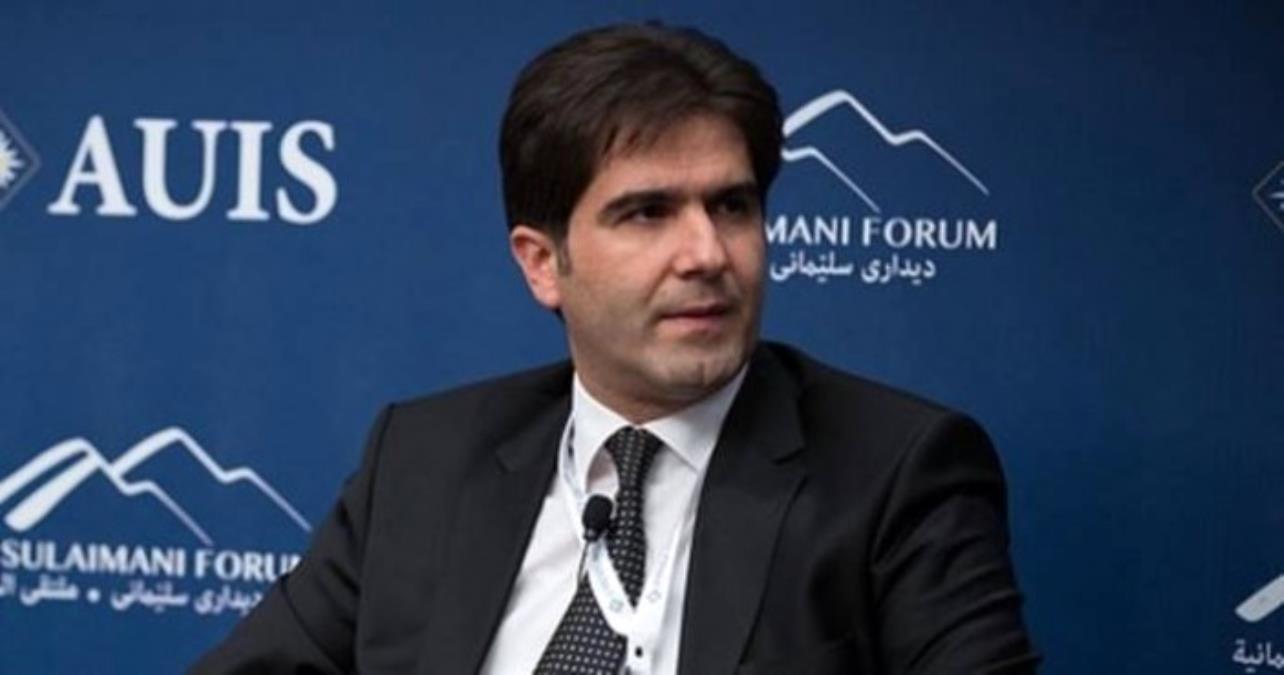Turkey Plans Serial Production In National Weapons Programs
During the past decade, Turkey has embarked on ambitious programs to reduce its dependence on external sources for the procurement needs of the Turkish Armed Forces (TAF), the second largest army in NATO. On the one hand, through stringent rules on procurement tenders, Ankara wanted to ensure that domestic firms will take part in the production of imported weapons systems, as well as enabling technology transfers. On the other hand, building on the accumulation of knowledge gained from these joint projects and the assistance and subsidies provided to the domestic arms industry and R&D activities, Turkey has been working to develop several “national” weapons systems. So far, Ankara’s ambitious national arms projects included the development of a national warship, main battle tank, attack helicopter, unmanned aerial vehicle (UAV) and an infantry rifle.
Turkey has been cooperating with Italy’s Augusta-Westland on an attack helicopter project, which is aimed at resolving the Turkish army’s deficiencies in its fight against the PKK. Earlier, a prototype of this helicopter was developed, which is going through flight and weapons systems tests (EDM, September 29, 2009). Turkey is proud of the attack helicopter deal and sees it almost as an advertisement for its recent national projects. Turkey obtained the sole production license from Italy and introduced the necessary modifications, in order that it meets the specific operational needs of its army in mountainous terrain. Moreover, reflecting its self-confidence in indigenous technological abilities, the electronic systems and the software of the helicopter will be developed in Turkey, meaning it will have full control over the platform’s operation. The weapons installed on the helicopter will also come from national weapons developed domestically in recent years, including Cirit laser-guided rocket systems.
Bayar announced that they are planning to finish firing tests and start the first deliveries to the TAF this year, and complete the delivery of 51 helicopters in the coming years. Bayar also noted that once this platform is added to TAF’s inventory, it will have good marketing prospects. This system will be in demand, Bayar believes, especially in countries that are currently fighting terrorism, given that Turkey developed it with such considerations in mind. Several Middle Eastern countries are believed to be considering ATAK. After successfully passing the flight tests in summer 2011, ATAK has also been invited to submit its bid to a procurement tender in South Korea (Sabah, September 25, 2011).
Another major project is the main battle tank ALTAY, developed in partnership with South Korea’s Rotem (EDM, August 7, 2008). This project seeks to increase the TAF’s firepower in conventional warfare through the procurement of 250 third generation main battle tanks. Currently, ALTAY is in its design phase and the initial deliveries are expected to start from 2013. Bayar noted that this year they plan to develop the first prototype and start the necessary tests.
Turkey also has been working on another ambitious project to bolster its surveillance and intelligence gathering capabilities. In need of actionable intelligence in its fight against the PKK, Turkey has relied on the United States and Israel to either lease or buy UAVs. This cooperation, however, proved difficult to sustain given the tensions encountered in its bilateral relations with Israel and occasionally the US. Turkey has launched an indigenous medium altitude long endurance (MALE) UAV system program that will initially meet the TAF’s reconnaissance requirements, and later a modified version with combat capability will be developed. The prototypes are going through several tests. Following the maturity tests, Bayar expect the five prototypes to be put into operation and their serial production will start. Ankara sees this project also as a sign of prestige, as it will join the few nations with this technology and eventually develop the potential to export it. Similarly, Bayar expects that the first indigenous satellite developed by Turkey, the Gokturk-2, will be launched into space this year.
Another project has been the development of a national infantry rifle. Turkey is currently conducting tests on a rifle designed and developed domestically, and anticipates moving to the mass production stage this year. The country has also been running a national warship program, MILGEM, to develop a littoral combat capacity. Under the project, the Turkish Navy will be supplied with eight corvettes and four frigates, as well as exploring possibilities for exports. The first corvette has already been delivered, while the second is undergoing tests.
Recently, Ankara announced plans to develop a national fighter jet. Bayar described it as a long term objective, which would mark Turkey’s elevation to a higher class in arms producing countries. Turkey is currently considering this option and will soon initiate two-year long feasibility studies. If the project is deemed feasible, further work will be authorized to develop the first prototype in ten years’ time and serial production in the following decade. Turkey has also announced another ambitious program to develop long-range missiles with a range of up to 2,500 km (www.trt.net.tr, January 13).
Although Turkey remains a major arms importer, through these programs it is now able to procure slightly more than half of its needs from domestic sources. Currently, Turkey is producing short range missiles, armored vehicles and personnel carriers, training aircraft, small UAVs, etc. Especially in advanced weapons systems, Turkey remains dependent on imports, and addressing that deficiency is one of the objectives of the procurement programs. In the future, while seeking to increase the share of domestic contributions, Turkey will also work to bolster its export figures to $1 billion, from last year’s $800 million. Overall, two principles will underpin Turkey’s defense industry policies, as underlined by Bayar: depth, i.e., increasing the national contributions in the new platforms through the development of sub-systems; and sustainability, or, building a viable arms industry that can sustain mass production at competitive prices.


